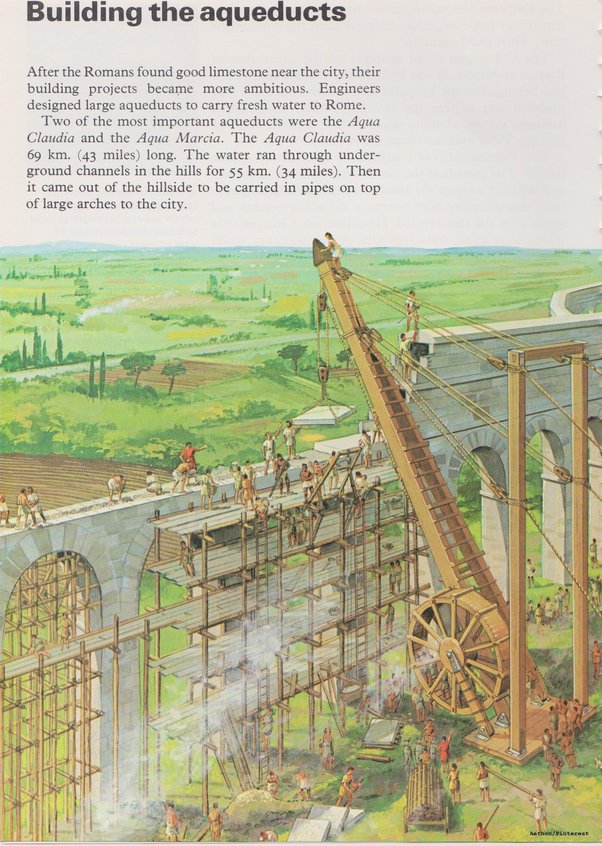A unique system serving the needs of stakehoders
Managing and controlling labor force is crucial for contractors, main e general contractors, as well as for projects’ Owners: each part has its own specific needs that must be satisfied. Moreover, labor effort is the most variable and uncertain parameter in cost estimating, hence managing and controlling labor force is a fundamental element in cost controls, as well in schedule control and, ultimately, in contract management.

About this post
I describe three situations: contractors and sub-contractors who manage their own labor force; main or general contractor which do not have a direct-labor force, a part the construction management personnel, and project’s Owners who needs to monitor labor force to assess the progress of their projects, and particularly the affordability of the estimates to complete (remaining durations of activities). A unique and consistent system can only be designed by the Owner, well in advance of the tender phase, as it must be included in the instructions to bidders and into contractual specifications. This system is part of the more general project controls system.
Contractors managing their own labor force
As a contractor, managing and control your labor force is a primary need.
Usually direct costs estimates take into consideration three main cost categories:
- Materials
- Equipments
- Labor
The key concept is that estimating labor effort is the most variable parameter among the others; In construction works, labor can be 30/40% of the total direct cost.
Managing and control your labor force entails two aspects:
- Estimating, measuring and controlling productivity: units of works produced / units of time (example: 15 cubic meters per hour)
- Planning, monitoring and controlling labor usage (units of resources in the units of time) assigned to execute tasks; “usage” usually is spread for discipline and craft; resources “usage” has a “profile”.
Measuring and controlling labor is absolutely needed, as the estimate of labor effort and resources usage is the most variable element of a construction costs estimate, hence, of the project budget. Planning and estimating labor force is therefore a key factor in project planning.
An example
Let’s do an example: considering that labor (manpower) is 30/40% (let’s take 35%) of your total cost, so if you spend more hours, let’s say 25% more than planned (due a poor productivity and/or to an underestimate of labor resources usage), the impact on your budget will be 0,35×0.25 = +8.75%, this means that if your expected profit was 10%, now it is reduced to 1,25%!
So, managing and control of labor force (as above described) is a key factor for Cost and Time controls.
Poor labor productivity, as well as underestimates of labor units, lead to delay in project execution, which may cause heavy consequences and financial loss, until bankrupt.
In fact, in this case, you will have other costs associated with the breach of contract: liquidated damages.
I have seen a case of liquidated damages caused by a poor planning and estimates of the resources required to execute 50.000 square meters of brick walls in the time-frame required by the project schedule, which needed to works simultaneously on multiples-fronts.
Managing and controlling labor as a project’s owner
Monitoring labor force is also important from owner’s perspective. Owners have all the interests that their contractors manage effectively their costs, to protect their investment. This is the reason which leaded DOD to develop cost/schedule control systems criteria C/SCSC in early ’60 age, (still a revolutionary concept) then evolved into EVM earned value management.
However, in my experience project’s Owner underestimate often the importance to address this topic, or they do not know how doing it; the answer is easy: they should write contractual specifications to impose to contractor the use of specific methods to collect, analyze and report labor data in construction project; an easy way is to set up a mechanism of payment linked to a performance indicator, like earned value , calculated in hours, which are easily linked to Labor force. The progress payment would be based on a physical progress of work packages, summarized through manhours to calculate EV (in hours). The progress payment is: EV/Total budget man-hours.

